
OR


Ujwal Adhikari
Ujwal Adhikari, currently working as the director at Election Observation Committee Nepal, is a Master of Public Policy and Management (MPPM) Scholar at Kathmandu University School of Management.ujwal.adhikari@gmail.com
More from Author
Instead of using traditional method of conducting census in ten years, it is time to introduce a way to get daily census data which is possible by using simple technological tools.
Recently, the Central Bureau of Statistics (CBS) published a vacancy notice to hire 8,000 supervising staffs and 39,000 enumerators for data collection to conduct the 12th National Population Census 2021. From 1911 to 2011, Nepal conducted population census eleven times using the same traditional methods by mobilizing the enumerators on each household every ten years. The CBS is following the same trend this time again.
Data is regarded as evidence for policy formulation. Having exact and timely demographic data assists in addressing the need of the public. Most essentially, the local level authorities have to take immediate decisions to serve the people and thus they need real-time data. The federal government needs comprehensive data to formulate plans. Evidence-based policymaking needs a large number of real-time data. Unlike other surveys, the census provides the exact count of population, a clear picture of demographic dimensions, which serves as the basis for the government to make political and policy decisions.
It is estimated that the 12th census will cost five billion rupees, more than double compared to previous census (2011) which cost 1.5 billion rupees. Instead of relying on technology and/or creating an innovative idea for data collection, CBS argues that the increased budget is due to the deployment of a large number of temporary staffs. It wouldn’t be surprising if CBS brings out estimated cost of 20 billion rupees for 2031 census to spend on staffs.
Daily data
Holding census every ten years has become like a ritual in Nepal. But CBS has not yet realized the fact that due to technology, rapid migration and globalization the ten years old data is very impractical for decision making. The Population and Housing Census (2011) also recommended using new technology for data collection, and processing for the next census. Hence, instead of using traditional method of undertaking census in ten years, it is time to introduce a way to get daily census data which is possible by using simple technological tools.
In this regard, a mobile application that records demographic information of the public can be developed. Ward members in each ward should be assigned to work in their convenient locations and authorized to enter the daily demographic data in ward level using their smart phones in which the IT section of each local-level should verify, process, validate and upload in the central database managed by the CBS. If the ward members only spare one hour a day to collect the demographic data in the integrated system, Nepal might have access to real-time census instantly. The central data analysis system installed in the system can produce multiple layers of data that can be used by all three tiers of government. It further helps reduce costs of government, students, researchers, and development agencies working on data collection.
There are around 35,000 local representatives in Nepal—26,972 elected ward members from 6743 wards. The main duty of ward members is to help ward chief while certifying and issuing recommendation letters about the personal incidents, citizenship, housing, migration, relationship, collecting and maintaining data within their ward etc. Thus these local representatives know most of the personal incidents which occur in their respective wards.
But as has been the case, most of these ward members are more engaged in political activities rather than fulfilling their duties. The salaries, allowances and other perks of ward members vary from province to province. My own research has demonstrated that if we calculate regular meeting allowance only, each member, on an average, earns at least Rs 5,000 per month which rises to 1.6 billion rupees a year, if you count all the members. This huge amount of money the government spends for paying allowances can be utilized to collect data in a systematic way. After all, it’s a part of their duty. Besides, ward members also remain in close contact with the people in local levels.
Use of mobile phones, internet and mobile application in Nepal is rapidly rising. The elected representatives are no exception. Thus it would not be much difficult for ward members to use such tools. Those who cannot may be given literacy training.
In a video conference, organized jointly by CBS and Society of Economic Journalists Nepal, the director-general of CBS stated that data will also be collected from the ward level for verification while conducting the census. Data collected by representatives themselves will be more reliable.
The one-time investment in such an application can save large sum of taxpayers’ money. It saves time and produces more reliable, quality and accessible data, helping to track various dimensions of population parameters. Regular updates on such system not only support CBS, but also help government agencies like Election Commission and ministries.
A successful example of the use of the latest technology public service is the introduction of the Treasury Single Account (TSA) in every government receipt and payment transaction system. The Financial Comptroller General Office (FCGO) can provide daily budgetary analysis of revenue and expenditure from the government treasury. It will be one of the greatest milestones in strengthening public finance management relying on the latest technology.
If government invests the money like it did to create “Nagarik App” by adding some extra security layers, the cost of such a system won’t cross the budget ceiling. A sole investment of five billion rupees during the upcoming census would be enough to build an app and provide smart phones to the ward members. This will not only reduce the burden but also help generating real-time data.
You May Like This
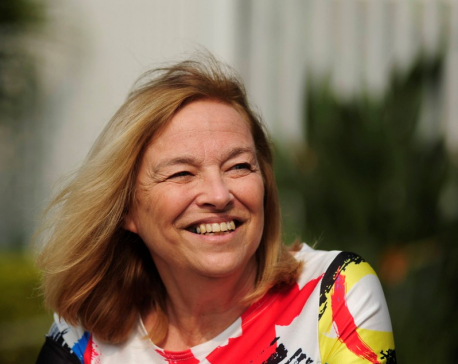
The UK supports women’s leadership in all sectors
Nepal’s Constitution has some great provisions to advance women’s rights, particularly to support the significant increase in women’s representation and... Read More...
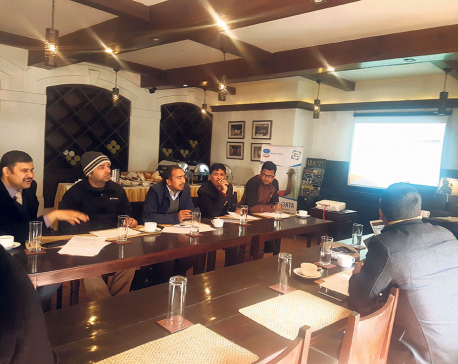
Nepal in Data to launch smart data analysis
KATHMANDU, Feb 17: While the political and cultural history of a nation is written in words and phrases, the same for... Read More...
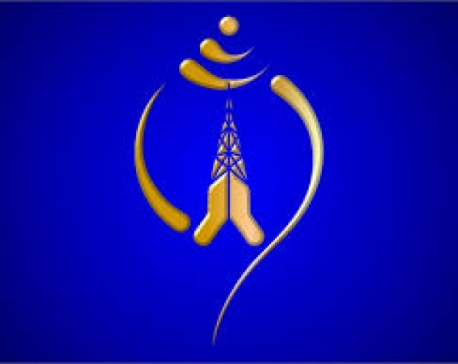
NT announces special data packs for Teej, 1200 MB data at Rs 85
KATHMANDU, Sept 1: Nepal Telecom (NT) has announced special data packs for its GSM prepaid users, targeting the upcoming Teej... Read More...




Just In
- NEPSE loses 3.24 points, while daily turnover inclines to Rs 2.36 billion
- Pak Embassy awards scholarships to 180 Nepali students
- President Paudel approves mobilization of army personnel for by-elections security
- Bhajang and Ilam by-elections: 69 polling stations classified as ‘highly sensitive’
- Karnali CM Kandel secures vote of confidence
- National Youth Scientists Conference to be organized in Surkhet
- Rautahat traders call for extended night market hours amid summer heat
- Resignation of JSP minister rejected in Lumbini province












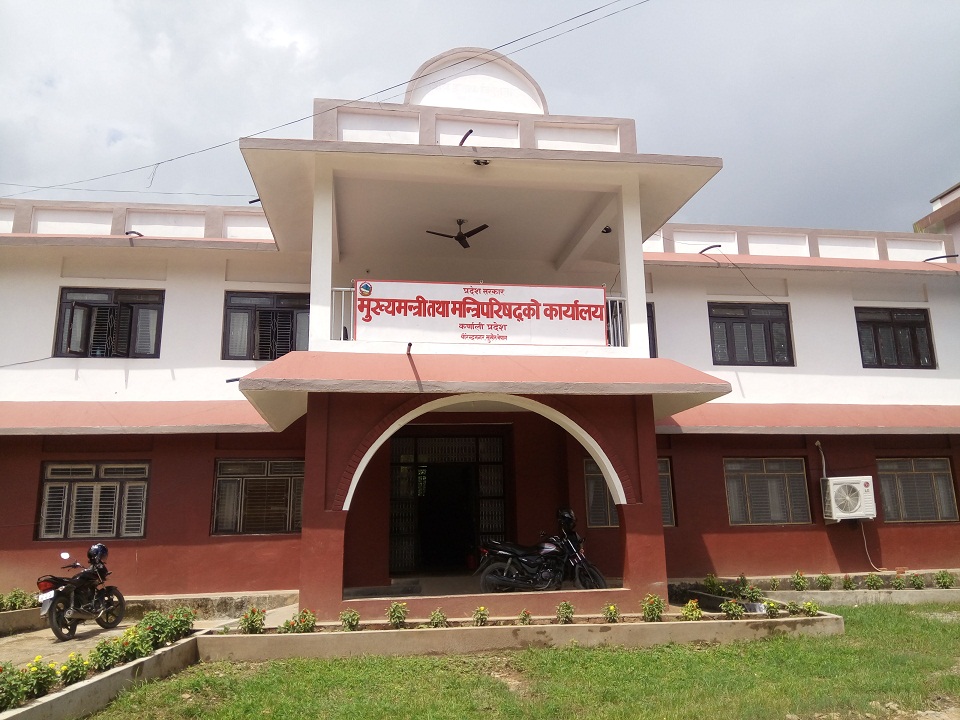

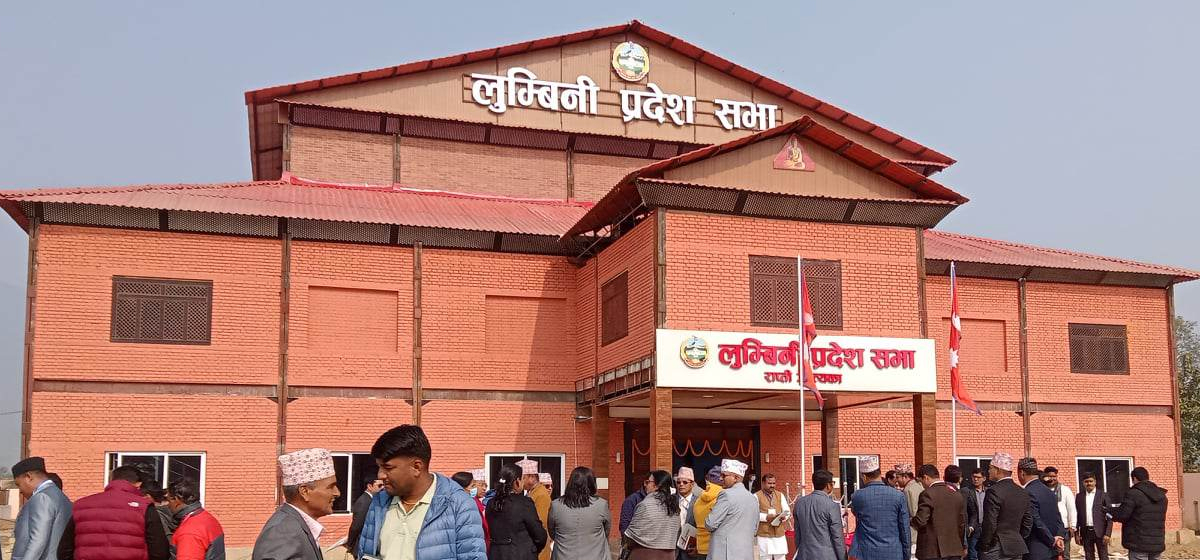
Leave A Comment